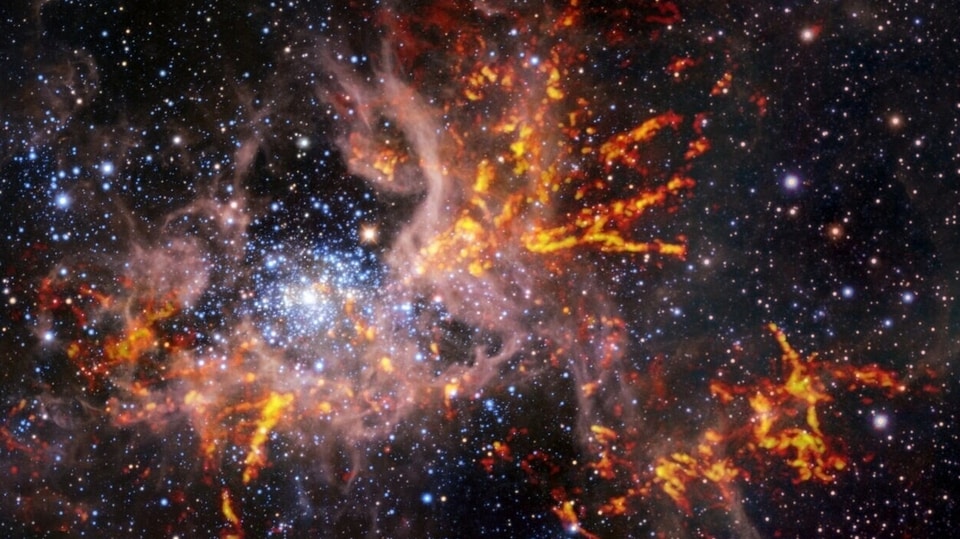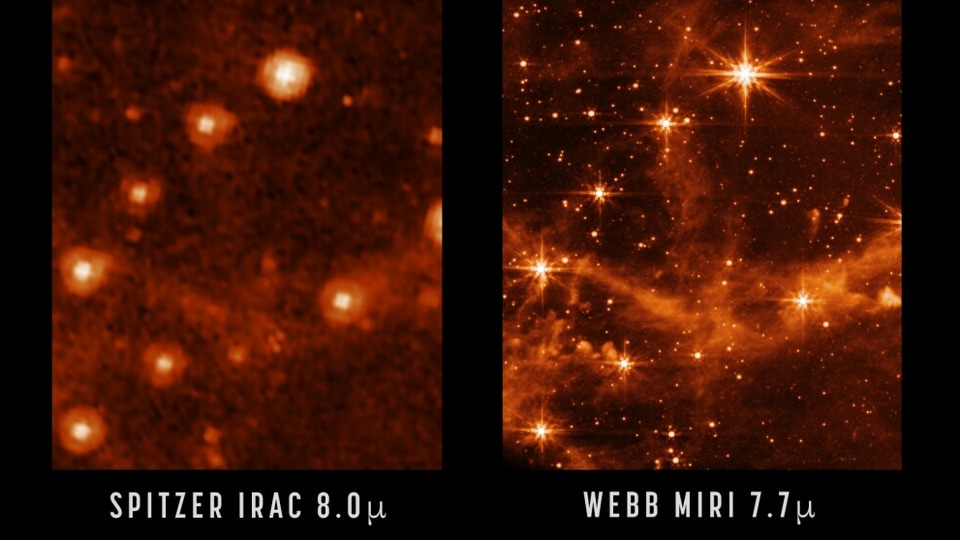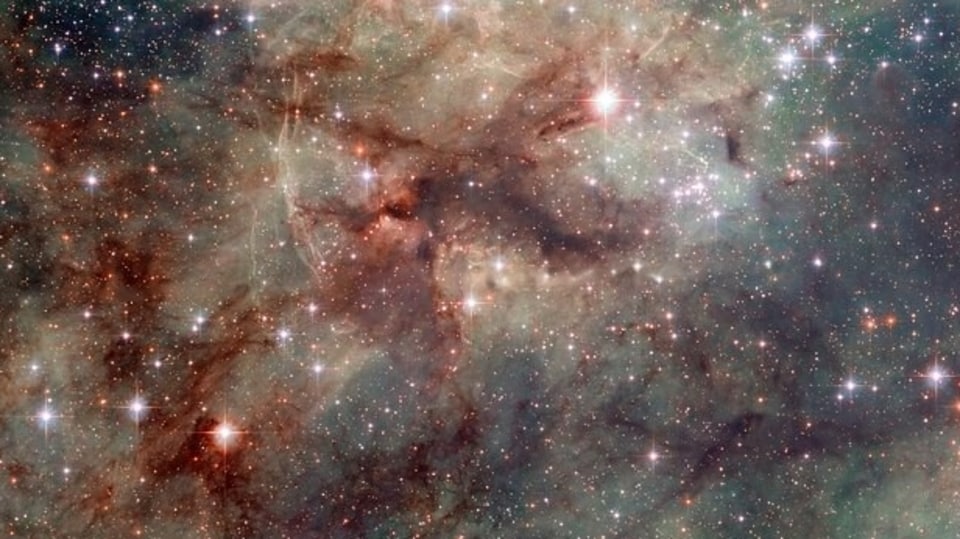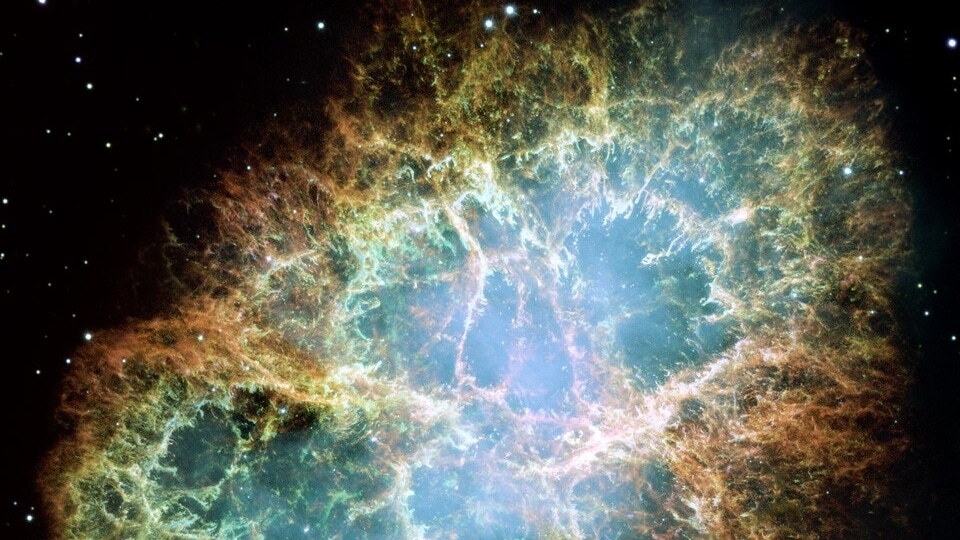NASA Astronomy Picture of the Day 15 January 2023: Hubble Telescope snaps spooky Crab Nebula
NASA’s Astronomy Picture of the Day for 15 January, 2023 is one of a spooky Crab Nebula image captured by the Hubble Telescope.






 View all Images
View all ImagesNASA Astronomy picture of the day takes everyone into a fascinatingly different dimension of the cosmos on a daily basis. Today, it took an eerie turn with a an image of a Crab Nebula! “This is the mess that is left when a star explodes. The Crab Nebula, the result of a supernova seen in 1054 AD, is filled with mysterious filaments,” NASA explained about the images. The filaments in the image are not only tremendously complex, but appear to have less mass than expelled in the original supernova and a higher speed than expected from a free explosion.
This image has been captured by NASA's Hubble Space Telescope, while the surprising fact is that the Crab Nebula spans about 10 light-years! You can see a pulsar: a neutron star as massive as the Sun, but with only the size of a small town at the center of the Nebula. Astonishingly, the Crab Pulsar rotates about 30 times each second.
What is a Nebula
A Nebula is basically enormous clouds of gas and dust in outer space that can become the birthplace of stars. They are known as “stellar nurseries”, which sometimes become the place of their demise too, and sometimes both.
Talking about the formation of Nebulae, then these form in places where the interstellar medium has enough density to form clouds. This could be possible due to gravity, which might have pulled all the gas and dust together or as mentioned earlier because of the death of a star which emits gigantic amounts of particles into space.
Did you know?
NASA's Hubble Space Telescope has already exceeded its age limit! NASA has revealed that the Hubble Telescope was designed to last roughly 15 years when it was launched in 1990. But thanks to the five successful astronaut servicing missions, the telescope's technology has been modified and improved, "and the telescope remains scientifically productive to this day."
Catch all the Latest Tech News, Mobile News, Laptop News, Gaming news, Wearables News , How To News, also keep up with us on Whatsapp channel,Twitter, Facebook, Google News, and Instagram. For our latest videos, subscribe to our YouTube channel.
































